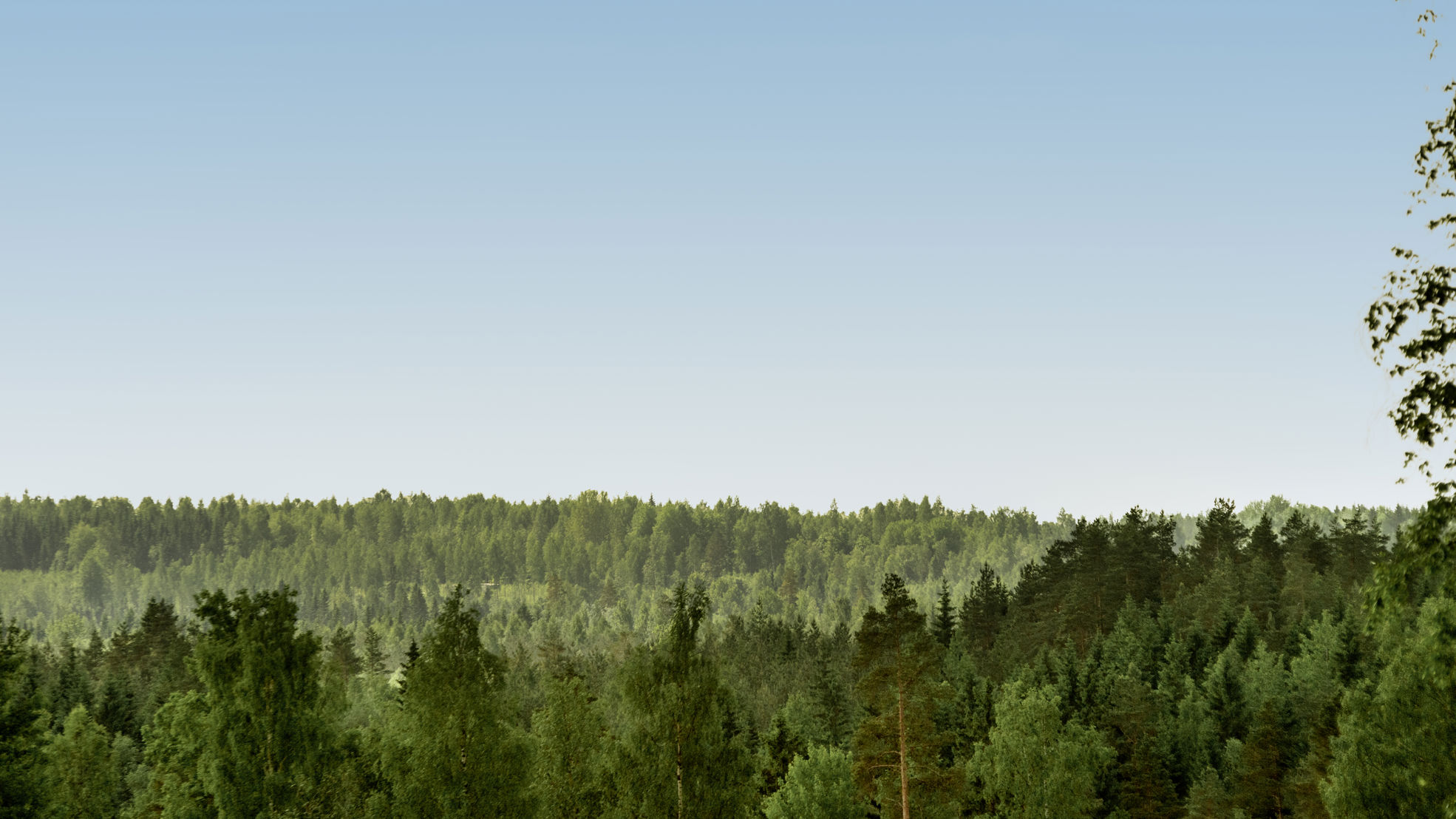You will not be able to find a doorbell on the wall of this brick building. The janitor who happens to pass by opens the door a little hesitantly, given that it is risky to let a stranger in to a building where people are working on a patented invention. The innovation is Paptic, and it aims to resolve the world’s plastic bag problems, at least for starters.
Tuomas Mustonen and Karita Kinnunen-Raudaskoski established Paptic with Esa Torniainen in 2015. At the time, Mustonen and Torniainen were working at VTT on the development of the sales and business operations of research services aimed at the forest industry, while Kinnunen-Raudaskoski was also working at VTT, as a senior scientist.
“Whether there was a material that could replace plastic was a standard question asked by customers as early as five years ago,” says Torniainen.
The test batches were made with a laboratory sheet mould. The fact that the very first customer ordered replacements for plastic bags made from Paptic’s material was a welcome surprise.
Plastic became the problem
When you touch the Paptic material, it feels like something between paper and fabric. It crumples up like paper, but returns to its shape like a fabric. As a shopping bag, the material is strong, but it can be sewn or glued.
Plasticity, lightness and numerous application possibilities also guaranteed the success of plastic, back in the day. The world produces 350 million tonnes of plastic a year, of which 85 per cent ends up in landfills or in bodies of water. Every year, eight million more tonnes of plastic end up in the world’s oceans, most of it from Asia. The oft-quoted 2016 report by the Ellen McArthur Foundation – named after sailor Ellen McArthur – presents a truly troubling scenario: by 2050, the world’s oceans will contain more plastic than fish if we don't reduce the amount of plastic we use.
In the United Nations convention held in Geneva in July 2019, 187 countries made a commitment to reduce plastic waste and increase plastic recycling. So far, 127 countries have imposed a charge on disposable plastic bags or banned them altogether. Many developing countries refuse to accept plastic waste. In the European Union, the ban on disposable plastics will take effect in 2021.
Pulp lends itself to everything
Thomas Rosenau works a professor of wood and pulp chemistry in the Austrian University of Natural Resources and Life Sciences, or BOKU. He focuses on basic research in polymers. Polymers are found in nature and in synthetic form. Cellulose is one of nature’s polymers.
The thought of using wood instead of oil-based plastic is not new. The softness, strength, lightness and good elasticity of pulp fibre have been known for decades. Pulp fibre can be used for everything that plastic can be used for, even in applications where plastic was thought to be irreplaceable - therefore, it is a suitable and sustainable material for reducing plastic. Indeed, nowadays we can make almost anything from pulp fibre, from tableware to packaging and clothing.
Rosenau believes that as the transition to clean energy progresses, the production of plastic will decline. Even so, plastic replacements have yet to surpass the popularity of plastic. Bioplastics account for less than one per cent of the raw material used in the entire plastic industry, which is equal to a little more than a million tonnes a year.
Promising development
Anna Suurnäkki, VP of Development at Metsä Fibre, has spent her decades-long research and work career on adapting the properties of pulp fibres.
“We can now access the structure of fibres at an entirely new level, which has increased our in-depth understanding of fibres, starting from their structural components. When we understand the properties of fibre, we can also appreciate the opportunities it offers,” says Suurnäkki.
In addition to pulp production, Metsä Fibre has innovated plenty of things from pulp in cooperation with its partners. Aquacomp makes a biocomposite which combines plastic and biomass in the demo plant located next to Metsä Group’s Rauma mill. MI Demo, a joint venture of Itochu Corporation and Metsä Spring, part of Metsä Group, is also initiating the further development of a production technology for a pulp-based textile fibre on the premises of the Äänekoski bioproduct mill.
Courage is required for reducing plastic usage
For now, plastic’s superior competitive advantage is its price. Whereas a gram of lab-manufactured nano cellulose may cost you 30 euros, you can get plastic granulate from China for less than one euro a kilo. Many plastic product manufacturers have invested in their production lines for decades, and the transition to a new material is not always easy, let alone cheap.
Although all signs point towards the limitless future possibilities of pulp fibre, we do need patience and even courage. New investments take their time.
“When a sufficient number of companies and people change their attitude toward plastic, the rest have no other alternative than to follow,” says Torniainen.
